The space exploration of small Solar System bodies has provided major breakthroughs in our understanding of Solar System formation and evolution and their links with free-sample delivered meteorites. While the two sample return missions to asteroids, Hayabusa 2 and OSIRIS-REx, are ongoing, a few missions have been selected by ESA (Comet Interceptor), NASA (Lucy, Psyche), JAXA (MMX), and CNSA (ZhengHe) space agencies for a launch in this decade. For the long-term, ESA is preparing its next planning cycle « Voyage 2050 », and the next NASA decadal survey for Planetary Science will be issued in 2022.
In this framework, we welcome contributions about future space missions to asteroids and comets, in terms of both science and technology. This includes both missions and instruments in development, and concepts of future missions, or instruments. We invite contributions regarding the preparation, studies, and expected results from future sample return missions, including concepts for sampling methods, cryogenic aspects, curation facilities, and analysis tools.

